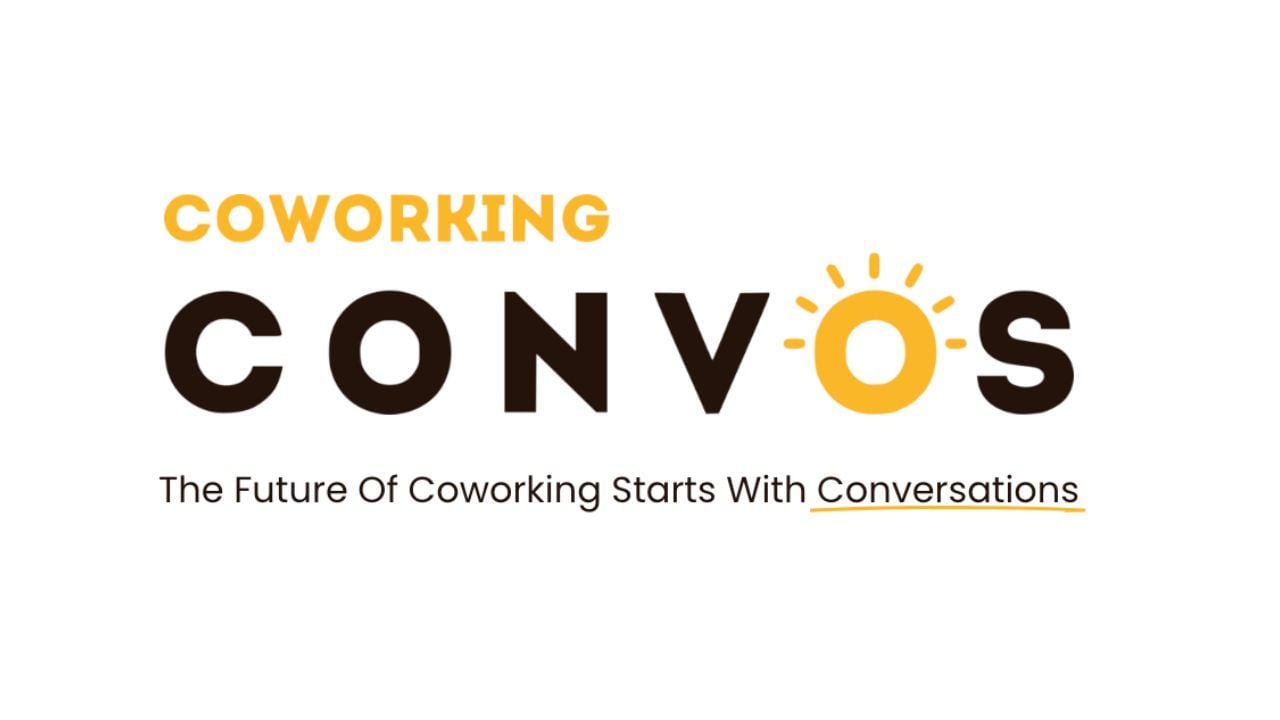Technology has become a staple in most workplaces and remote workers are seeing great use for numerous types of software tools — particularly virtual and augmented reality.
Using VR and AR has broken down the walls of what is expected of professionals in terms of physical presence, particularly in the engineering and manufacturing industries. Now, fellow colleagues and team members may be working with you from thousands of miles away.
Not only does this technology allow for easy communication, but it provides a means for creating shared experiences, perceptions, and mindsets among colleagues.
“Let’s take the example of an automotive manufacturer developing a new model to be assembled in multiple factories,” said Thomas Serrurier, the marketing director at the Paris-based TechViz. “Even if the [3D] model is the same, constraints can differ from one plant to the other.”
With numerous collaboration apps and websites, one might argue that VR is an unnecessary tools for projects. Gleb Braverman, the CEO of Watty Technologies, said that VR/AR provides teams true visualization and interactions with projects.
Now, demand for VR/AR collaborative software is growing and numerous companies that offer such technology are growing as well.
Still, VR implementation in the workplace is in the early adoption stages, but this technology has the power to provide employees with a sense of shared purpose and culture in the workplace, which can boost productivity.
“For online businesses that have employees across the nation, VR helps all employees and/or contractors feel more connected to the team during meetings,” said Chad Felix, a VR expert and CEO of SocialSteeze.

 Dr. Gleb Tsipursky – The Office Whisperer
Dr. Gleb Tsipursky – The Office Whisperer Cat Johnson – Coworking Marketing Maven
Cat Johnson – Coworking Marketing Maven Angela Howard – Culture Expert
Angela Howard – Culture Expert Drew Jones – Design & Innovation
Drew Jones – Design & Innovation Andrea Pirrotti-Dranchak – Competitive Advantage
Andrea Pirrotti-Dranchak – Competitive Advantage Jonathan Price – CRE & Flex Expert
Jonathan Price – CRE & Flex Expert Jeremy Fennema – Tech Innovation Alchemist
Jeremy Fennema – Tech Innovation Alchemist












